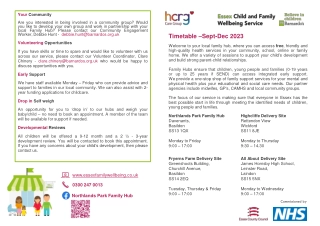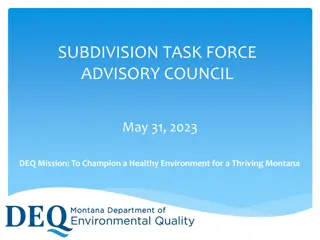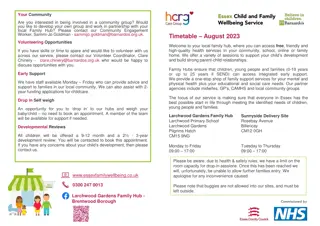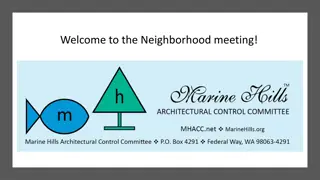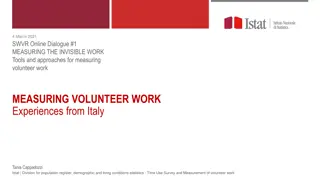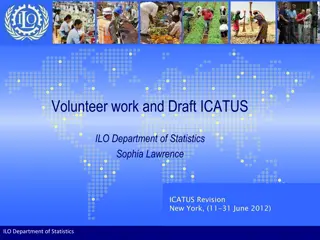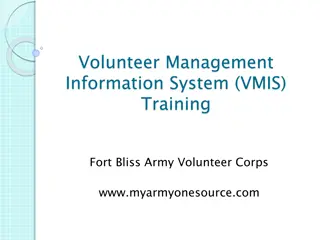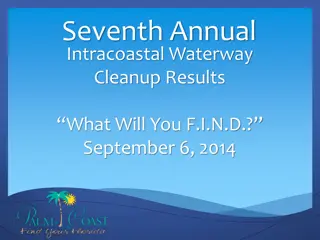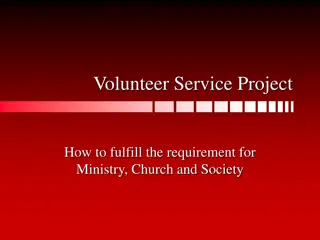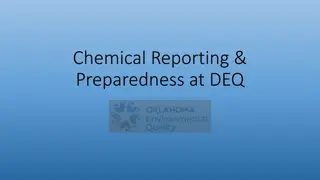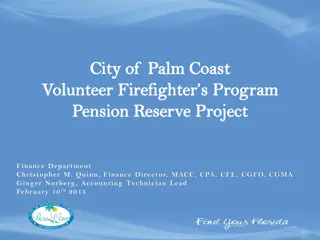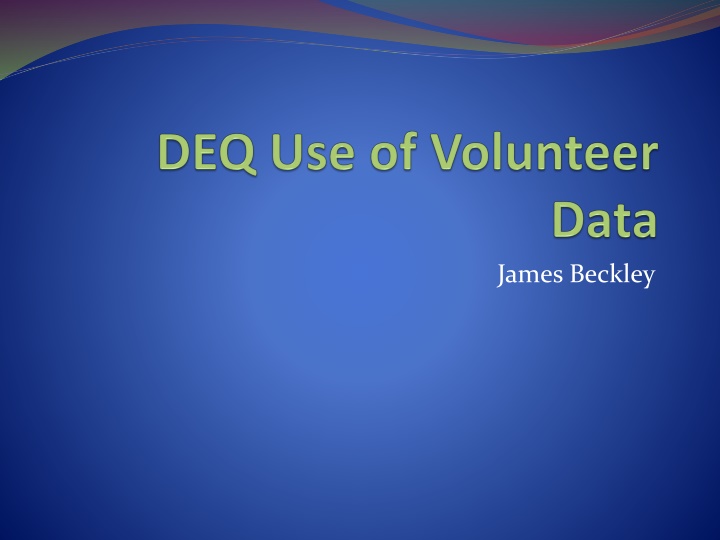
Insights into Virginia's Water Quality Monitoring by DEQ
Discover how the Virginia Department of Environmental Quality (DEQ) collaborates with volunteers and non-agency entities to collect valuable water quality data, which is crucial for assessing stream health, TMDL implementation, and pollution detection. Learn about the sources of data, DEQ's use of submitted data, review processes, and how the data is not used for enforcement purposes.
Download Presentation

Please find below an Image/Link to download the presentation.
The content on the website is provided AS IS for your information and personal use only. It may not be sold, licensed, or shared on other websites without obtaining consent from the author. If you encounter any issues during the download, it is possible that the publisher has removed the file from their server.
You are allowed to download the files provided on this website for personal or commercial use, subject to the condition that they are used lawfully. All files are the property of their respective owners.
The content on the website is provided AS IS for your information and personal use only. It may not be sold, licensed, or shared on other websites without obtaining consent from the author.
E N D
Presentation Transcript
Virginia and DEQ Virginia has >52,255 miles of rivers and streams 116,364 acres of significant lakes and reservoirs 2,684 square miles of estuaries On average, DEQ monitors ~2,000 stations each year with an monitoring budget of $1 million
Since 1998 DEQ has actively partnered with citizen volunteer and other non-agency water monitors In 2003 DEQ developed a QA/QC program to allow the agency to incorporate non-agency data to assess water quality Continued support by DEQ is resulting in an unprecedented amount of quality data submitted to the agency
So Where Does This Data Come From? % Stations Submitted Citizen Volunteers 75.3% Non- DEQ Govt. Agencies 22.5% Private Industry 1.4% Academia* 0.8% *Not already affiliated with a citizen group or under an analysis contract by DEQ
How DEQ Uses Submitted Data 305(b) assessment of stream health and 303(d) listing Water quality improvement such as during TMDL implementation Early detection of pollution events to help alert DEQ Work with local communities in a positive way Show the importance of water quality to the public Stream Assessment Tracking Rapid Response Outreach Education
Ways DEQ Does Not Use Submitted Data Submitted data is not used by DEQ for enforcement or similar regulatory actions Data is not assessed if it was collected in permitted mixing zones or at discharge pipes Submitted data not used by itself to develop TMDL Implementation Plans
How DEQ Reviews Submitted Data QA all submitted data Groups encouraged to use DEQ approved protocols and Quality Assurance Project Plan (QAPP) Laboratories must pass inspection Data falls into one of three categories Alliance for the Chesapeake Bay Member Recertification Event
Level I QA/QC Protocols Uses Does not possess a DEQ approved QAPP or SOP Monitoring and/or laboratory analysis does not follow DEQ protocols Parameter not associated with a Virginia water quality standard Education Baseline Data Pollution Red Flags Local Land Use Decisions Special Studies
Level II QA/QC Protocols Uses DEQ approved QAPP and SOP Method may deviate from DEQ methods. (e.g. a method with a higher detection limit) Field and/or laboratory audit required All uses as stated in Level I Assessed in the 305(b) report to determine waters of concern (Category 3C, 3D) to prioritize waters for DEQ follow-up monitoring
Level III QA/QC Protocols Uses DEQ approved QAPP and SOP Follow approved methods (EPA, Standard Methods, USGS, etc.) Field and/or laboratory audit required All uses as stated in Level II Assess water quality in 305(b) report Impairment listing/delisting in the 303(d) report
3,000 Mile Goal Virginia House Bill 1859 passed during the 2007 General Assembly and codified in 62.1-44.19:11 of Virginia Code It shall be the goal of the Department to encourage citizen water quality monitoring so that 3,000 stream miles are monitored by volunteer citizens by 2010. This bill helped galvanize the need to develop a tracking method to determine the actual mileage contributions that volunteer groups provide to DEQ
Mileage Tracking Citizen Stations Submitted Assessment Cycle Monitoring Year Sample Events Stream Miles Estuary Mi2 Lake Ac2 2008 2001-2006 1,002 15,605 2,371.61 73.74 9,726.15 2010 2003-2008 1,485 23,420 3,499.45 37.48 30,052.98 2012 2005-2010 1,774 30,829 4,124.44 40.15 27,975.46 2014* 2007-2012 1,825 31,871 * Mileage estimates are being calculated and will not be available until the Winter 2014/2015
2012 Report: Waters Monitored By Citizen or other Non-DEQ Data
Citizen Data Available Online DEQ developed an online database for citizens to upload their data- www.deq.virginia.gov/easi/ Google map allows users to click on a station of interest to download data and information. Map link

